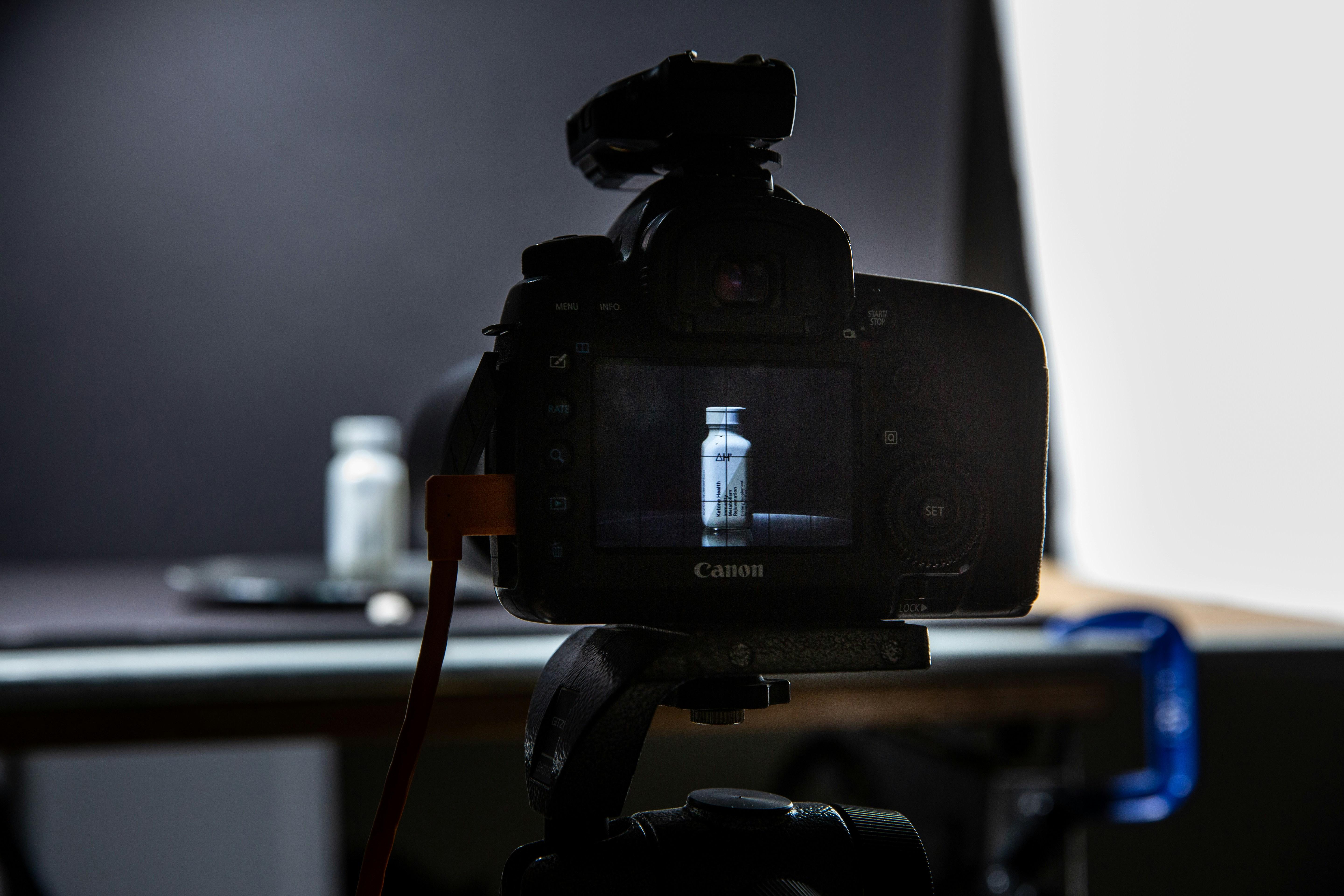In the ever-evolving landscape of health and fitness, two seemingly disparate trends have captured the attention of enthusiasts and experts alike: intermittent fasting and hydration-hacks-fueling-your-high-intensity-workouts/” title=”Hydration Hacks: Fueling Your High-Intensity Workouts”>high-intensity workouts. As more individuals seek to optimize their health regimens, the question arises: can these two powerful approaches coexist harmoniously? Intermittent fasting, with its promise of metabolic flexibility and enhanced fat loss, appears at first glance to be at odds with the demands of high-intensity training, which requires energy, stamina, and recovery. This article delves into the intricate dance between fasting periods and peak performance, exploring whether this pairing is a match made in fitness heaven or a recipe for burnout. Join us as we unravel the science, listen to the experts, and hear from those who have embarked on this dual-path journey, all to determine if intermittent fasting is indeed compatible with high-intensity workouts.
Timing Your Meals for Peak Performance
Optimizing your meal timing can significantly enhance your performance during high-intensity workouts, especially when practicing intermittent fasting. It’s essential to consider your energy levels and nutrient intake to ensure you are fueling your body effectively. Here are some tips to align your eating schedule with your exercise routine:
- Pre-Workout Nutrition: Aim to consume a balanced meal that includes carbohydrates and protein about 1-2 hours before your workout, if it fits within your eating window. This helps provide the necessary energy and supports muscle recovery.
- Post-Workout Recovery: After an intense session, prioritize a meal rich in protein and carbohydrates to replenish glycogen stores and facilitate muscle repair. Timing this meal within the first hour post-workout can enhance recovery.
- Hydration: Regardless of your fasting schedule, staying well-hydrated is crucial. Ensure you’re drinking water consistently throughout the day, particularly before and after workouts.
By strategically timing your meals around your high-intensity workouts, you can maximize the benefits of intermittent fasting while maintaining peak physical performance.

Fueling Strategies for High-Intensity Training
When engaging in high-intensity training, it’s crucial to consider how your body’s energy demands align with your nutritional strategy. While intermittent fasting has gained popularity for its potential health benefits, fueling your body effectively for intense workouts requires careful planning. Here are some strategies to ensure you’re getting the most out of your training sessions:
- Pre-Workout Nutrition: If you’re fasting, consider scheduling your high-intensity workouts during your eating window. This allows you to consume a balanced meal rich in carbohydrates and proteins, which can enhance performance and aid in recovery.
- Hydration is Key: Maintain adequate hydration levels by drinking water throughout your fasting period. Proper hydration is essential for optimal performance, especially when pushing your body to its limits.
- Listen to Your Body: Pay attention to how your body responds to training while fasting. Some individuals may find their energy levels are sufficient, while others might need to adjust their fasting schedule or dietary intake to better support their workout intensity.
By understanding your body’s needs and experimenting with different approaches, you can find a balance that supports both your fasting goals and your high-intensity training regimen.

Balancing Energy Levels and Recovery
Striking the right balance between energy levels and recovery is crucial for anyone diving into the realm of high-intensity workouts while practicing intermittent fasting. When you fast, your body switches its energy source from glucose to stored fats, which can enhance endurance but might initially affect high-intensity performance. To optimize your workout and recovery process, consider the following:
- Timing Your Meals: Align your eating window with your workout schedule. Consuming a nutrient-dense meal after a workout can replenish glycogen stores and aid muscle recovery.
- Hydration: Maintaining proper hydration is essential, especially when fasting. Water aids in digestion, nutrient absorption, and can help manage hunger pangs during fasting periods.
- Listening to Your Body: Pay attention to how your body responds. Some days might require a lighter workout or an adjusted fasting window to ensure you’re not compromising recovery.
Intermittent fasting, when paired with high-intensity workouts, demands a mindful approach to energy management and recovery strategies. By tailoring your fasting schedule and listening to your body‘s needs, you can maintain both your fitness goals and overall well-being.

Adapting Intermittent Fasting for Fitness Goals
When incorporating intermittent fasting into your fitness regimen, especially if you’re engaged in high-intensity workouts, it’s crucial to consider how to align these two approaches effectively. The key lies in timing and nutrition. You might find it beneficial to schedule your eating windows around your workout sessions. This can ensure that your body is fueled adequately for intense physical exertion and has the necessary nutrients for recovery post-exercise.
- Pre-Workout Nutrition: Consider consuming a small meal rich in carbohydrates and proteins within your eating window before a workout to maximize energy levels.
- Post-Workout Recovery: Focus on a balanced intake of proteins and carbs immediately after exercising to aid in muscle recovery and replenish glycogen stores.
- Hydration: Maintain optimal hydration levels throughout your fasting and feeding periods, as water is essential for both performance and recovery.
Experiment with different fasting protocols, such as the 16/8 or 5:2 methods, to see which best supports your energy needs and workout performance. Remember, listening to your body is paramount; adjust your fasting and workout intensity based on how you feel and perform.
In Retrospect
As we draw the curtain on our exploration of the dynamic duo—intermittent fasting and high-intensity workouts—we find ourselves at the crossroads of science and personal experience. The synergy between fasting and fitness is as unique as each individual who embarks on this journey. For some, it’s a harmonious blend that enhances energy and sharpens focus, while for others, it might pose challenges that require careful navigation.
Ultimately, the key lies in listening to your body and understanding its signals. It’s about finding the rhythm that resonates with your lifestyle and fitness goals. Whether you choose to embrace intermittent fasting, high-intensity workouts, or a fusion of both, remember that flexibility and mindfulness are your greatest allies.
As you step off the pages of this article and into your own wellness adventure, carry with you the spirit of curiosity and a willingness to adapt. The world of health and fitness is ever-evolving, and so too should be your approach. Here’s to finding your own balance and unlocking the potential that lies within.
